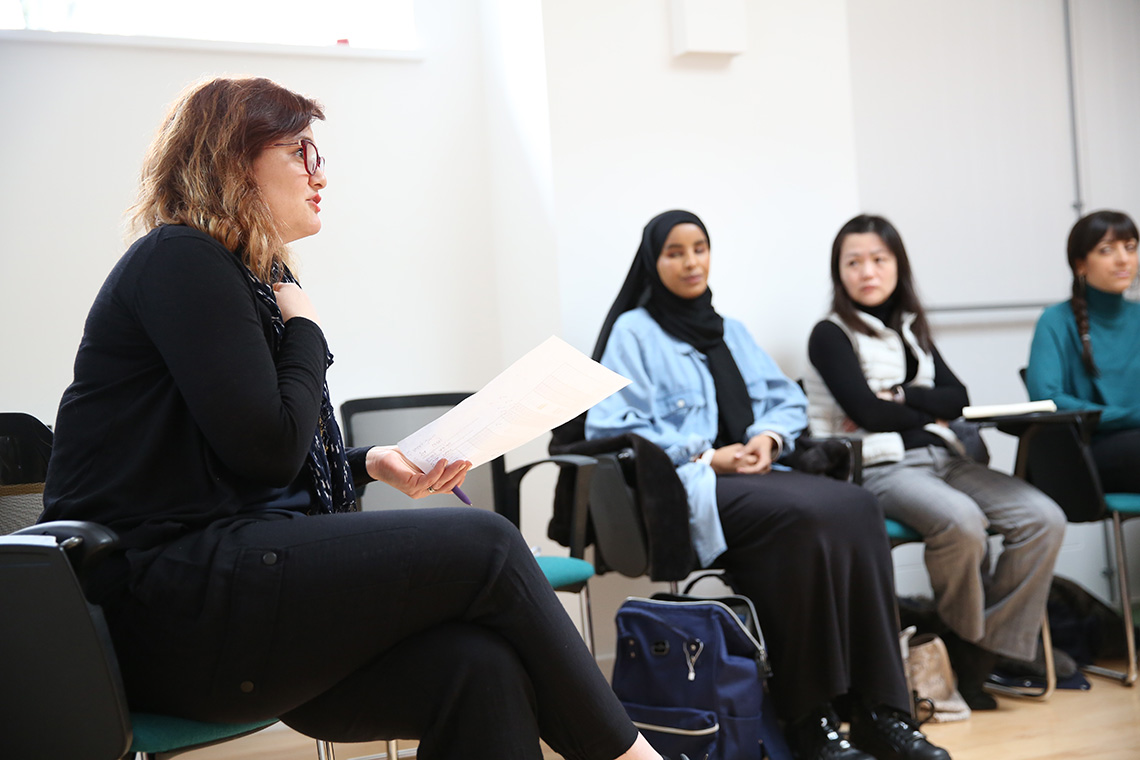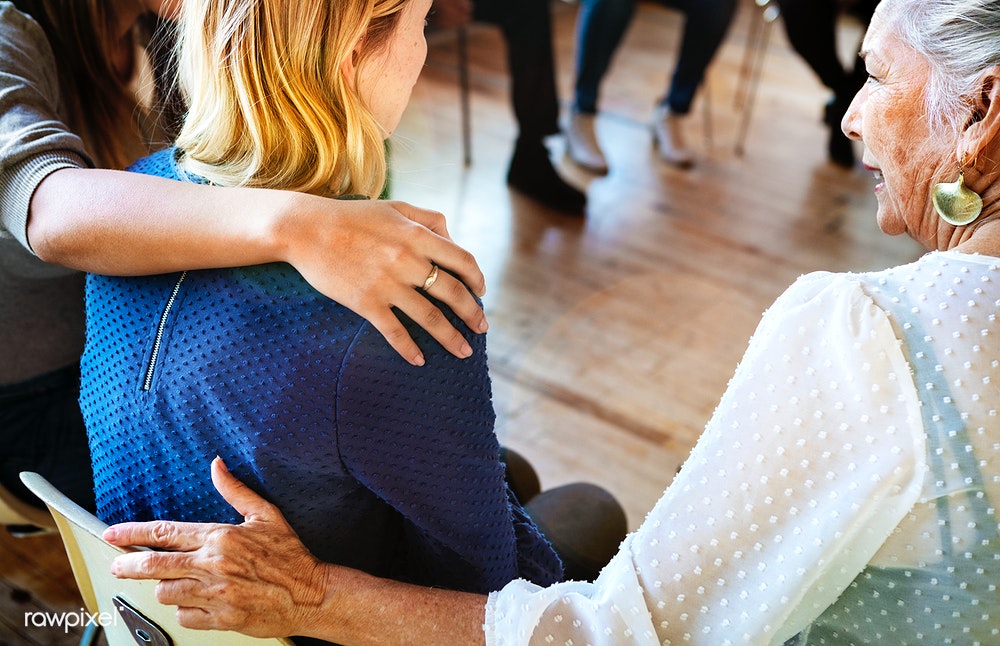
August 27, 2024
The Healing Alliance: The Cornerstone Of Therapeutic Success Zack Goldman
Why A Healing Partnership Is Important In Treatment We were mindful of these aspects throughout all phases of the job, from planning, carrying out interviews, analyzing information, writing and sharing findings. In addition, in the interview setting we aim to be unbiased, interested, fitting and non-judgmental, and asked for comments at the end of each interview. Additionally, considering that the IPR meetings were conducted while enjoying the video-taped session, we also recorded sections from the video to include context to what was gone over in the interview. In overall, this caused over a 1,000 pages of records making the evaluation process complicated and time-consuming.The Paradox Of Therapist Skills: Minimizing Anxiety, Sustaining Pity
Compassionate listening requires that the therapist experience Great post to read the client's sensations as though they were their own; such energetic listening is more extreme than generally located in our day-to-days live. Such distancing habits may result from an absence of trust fund or the customer sensation judged or misconstrued. If the specialist senses the begin of a malfunction or a pressure in the connection, they must not let it grow yet clarify any problems and repair blunders (Knox & Cooper, 2015).- Participants give their responses on a 7-point range from completely disagree to completely agree.
- However, the customers in this study rarely considered small stress or small misattunements to be relational tears.
- Guidelines give a customer parameters within a session to have the freedom to discover themselves, their ideas, and their emotions.
- Specialists have to stay educated concerning these developments and adapt their practices as necessary, to ensure they continue to develop solid and effective restorative relationships.
Energy Of The Preliminary Restorative Alliance In Reviewing Psychiatric Clients' Threat Of Physical Violence
On top of that, it could be interesting to study other adjacent components of the therapeutic partnership making use of IPR, such as transference-countertransference (Gelso and Carter, 1994), which were past the extent of today evaluation. Yet, larger relational ruptures have damaging prospective if not addressed and fixed (Eubanks et al., 2019). The present study does not detail huge relational tears, although some circumstances can be thought about ruptures in the real relationship (e.g., in dyad 8, when the client really feels that the therapist seriously underestimates her). Instead, the current research study indicate what happens when the actual connection falls short to develop in the first place (dyads 4, 9 and 11, specifically). Rather than discovering commonalities, an empty space emerges between customer and therapist. In this 'no man's land', they keep one another at a range, neither of them able to reach the various other. It turns out that that an effectively set-up partnership makes it possible to arrange the healing area in such a means regarding sustain the process of intense work with the significant conditions of recovery and to assist in these conditions. A frequently thought about factor of this kind is the healing relationship (14, 20, 21). The restorative alliance is a vital and effective forecaster of therapy results, explaining an approximated 7.5% of the complete variation in the end results of psychiatric therapy (20, 27).Building Cross-Cultural Relationships in a Global Workplace - HBR.org Daily
Building Cross-Cultural Relationships in a Global Workplace.

Posted: Thu, 29 Feb 2024 08:00:00 GMT [source]

Social Links